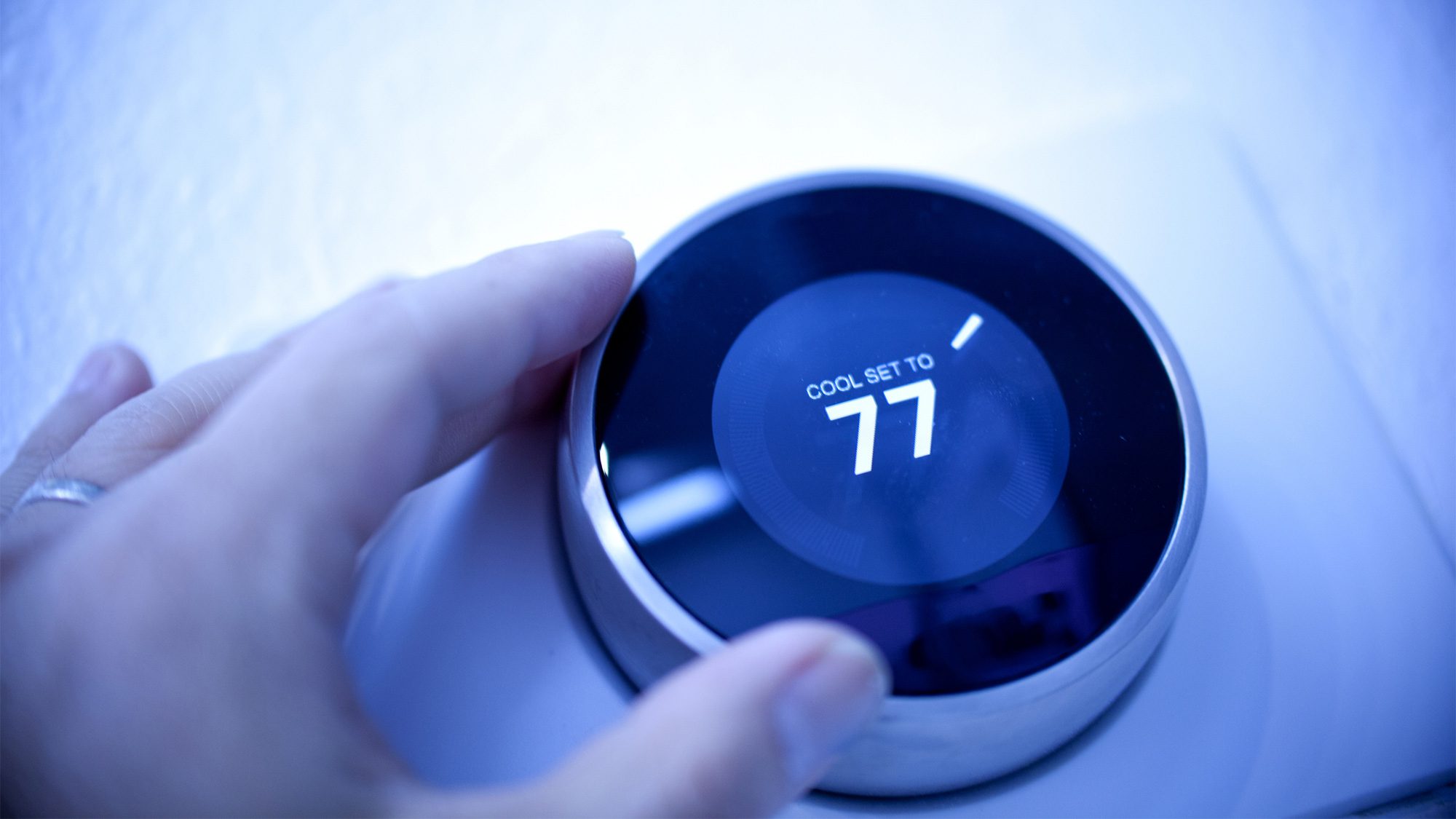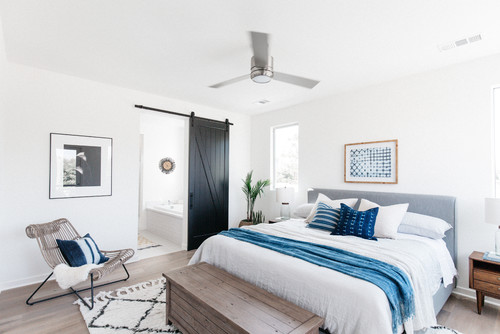
Kameleon007/iStock
The new year is a time for making resolutions, and for many of us, saving energy inside the home is at the top of the list. And with good reason! It can help cut down on your monthly spend and reduce the number of carbon emissions in the environment. This can result in cleaner air quality and help sustain our precious natural resources.
But did you know that some green living strategies aren’t as effective as you’d think? To set the record straight, we asked experts to poke holes in some common practices people use to conserve energy—and, well, they sure did.
Myth 1: Use portable electric space heaters instead of running your central heating
Why heat the whole house when you’re just working (or sleeping) in one room? That’s the conventional thinking that fuels this myth.
Many people erroneously believe that they can slash their heating costs by using an electric space heater. But “electric heating is the most expensive heating available,” says Chris Forbus, owner of Choice Air Care in Frisco, TX. “For example, running one small 1,500-watt space heater—just enough to heat a single room—might cost more than running a gas furnace for your entire house.” Whoa.
Myth 2: Leave the ceiling fan on to cool your home
“Fans cool people, not homes,” says Matthias Alleckna, an energy analyst at EnergyRates.ca. “The cool sensation brought by ceiling fans is a result of evaporation of moisture on the skin.”
He says it’s like feeling cold when you get out of the shower. “In reality, all ceiling fans do is circulate and redistribute the air in the room,” he explains.
The cool air is being forced down on you, and Alleckna says this is what causes you to feel cool. But the actual temperature of the home doesn’t change.
In fact, Ty Benefiel, CEO of renewable energy provider Hero Power, says running a fan can actually make a room slightly warmer, since it’s the air blowing across your skin to leverage the sweat that makes you feel cooler—not the fan.
“If you’re not under the fan as it runs, you are not getting any of the benefits,” he says.
Myth 3: Turn off the lights and appliances each time you leave a room
“Some lights, like compact fluorescent lightbulbs, have a certain amount of energy they must burn in the beginning before they consume a relatively even amount of power,” Alleckna says. The amount of time is about 15 minutes.
“This means if you’re out of the room for less than 15 minutes, it actually takes more energy to turn on the lights twice than to have just left them on,” he adds.
The same goes for a TV or video game console that has to be booted up if you’ve powered it down.
“If you are not anticipating pausing the system for longer than 15 to 20 minutes, then it doesn’t make sense to power them down completely.” Alleckna says.
Myth 4: Keep the temperature consistent, even when you’re out of the house
Admittedly, no one wants to come home to a cold house in the winter or a hot house in the summer. But that doesn’t mean the system should be blasting when you’re gone all day.
“It does take extra energy to warm up or cool down your house if you’ve turned the system down when you were at work for the day,” says Forbus. However, he adds, it takes a lot more energy to keep it heated or cooled for all of those hours while you’re gone.
Myth 5: Heat your home faster by turning the thermostat higher than it needs to be
Driving faster can help you reach your destination sooner, but your HVAC isn’t a car.
“Your HVAC runs at a constant, so turning the thermostat higher will just end up overheating your home,” says Benefiel.
Smart thermostats can be programmed to help you achieve maximum comfort without wasting energy.
Myth 6: Close vents and doors to help save energy
In theory, directing air into the rooms you use sounds like a smart energy move, but it could do more harm than good.
“Don’t close too many vents as this might cause undue pressure and create leaks, leading to more energy waste,” says Julio Daniel Hernandez, CEO at Enlight Energy. “In reality, although you can manipulate comfort in a room by opening or closing a vent, the heater or air conditioner continues to produce the same amount of air, so energy saving certainly shouldn’t be the reason to close them.”
And if you shut doors to unoccupied rooms, Benefiel says, this won’t cause your unit to run more efficiently either.
“Much like shutting vents, this tactic will only lower the temperature in a room, which in turn will cause the overall temperature in your home to drop, and cause your HVAC unit to have to run longer,” he says.
The post 6 Energy-Saving Myths You Need to Stop Believing Right Now appeared first on Real Estate News & Insights | realtor.com®.


No comments:
Post a Comment